

Articles
How To Store Prosciutto After Opening
Modified: May 6, 2024
Learn the best ways to store prosciutto after opening to keep it fresh and flavorful. Read our articles for expert tips and tricks.
(Many of the links in this article redirect to a specific reviewed product. Your purchase of these products through affiliate links helps to generate commission for Storables.com, at no extra cost. Learn more)
Introduction
Prosciutto is a beloved Italian cured meat that is known for its delicate flavor and melt-in-your-mouth texture. Whether you’ve purchased a whole leg or sliced prosciutto from your local deli, proper storage is crucial to maintain its freshness and prevent it from spoiling. Storing prosciutto correctly will not only preserve its taste and texture but also help you avoid unnecessary waste.
In this article, we will explore the importance of properly storing prosciutto after opening and provide you with some helpful tips to keep it at its best. From vacuum sealing to freezing and using prosciutto holders, we will cover various methods to help you extend the shelf life of this delicious Italian delicacy.
Key Takeaways:
- Preserve the Delicate Flavor: Properly storing prosciutto after opening is crucial to maintain its rich taste, texture, and quality, ensuring a delightful culinary experience with each slice.
- Extend Enjoyment and Minimize Waste: By utilizing methods such as vacuum sealing, freezing, or using a prosciutto holder, you can prolong the shelf life of prosciutto, reducing waste and maximizing enjoyment of this exquisite Italian delicacy.
Read more: How To Store Prosciutto
Why Properly Storing Prosciutto is Important
Prosciutto is a delicate meat that requires proper storage to maintain its quality and flavor. Here are a few reasons why it is essential to store prosciutto correctly:
- Taste and Texture: Prosciutto is renowned for its tender texture and rich flavor. Improper storage can result in the meat drying out, becoming tough, and losing its distinct taste.
- Preventing Spoilage: Prosciutto is a cured meat but can still spoil if not stored correctly. Exposure to air and moisture can lead to bacterial growth, causing the meat to go bad and become unsafe to consume.
- Minimizing Waste: Prosciutto can be quite expensive, especially when purchasing high-quality varieties. Proper storage ensures that you can enjoy the meat for an extended period, reducing the risk of wastage and the need to frequently repurchase.
- Maintaining Aesthetic Appeal: Prosciutto is often served as a centerpiece on charcuterie boards or used in various culinary presentations. Storing it properly helps maintain its visual appeal, ensuring it remains an attractive addition to your dishes.
By understanding the importance of storing prosciutto correctly, you can ensure that each slice retains its original taste, texture, and quality, allowing you to fully enjoy this exquisite Italian delicacy.
Tips for Storing Prosciutto After Opening
Once you’ve opened a package of prosciutto, it’s crucial to store it properly to maintain its freshness and flavor. Here are some essential tips to help you store prosciutto after opening:
- Keep it Wrapped: After opening the package, make sure to keep the remaining prosciutto tightly wrapped. This prevents it from coming into contact with air and helps preserve its moisture.
- Store in a Cool Place: Prosciutto should be kept in a cool and dry place to prevent spoilage. A pantry or a dedicated meat drawer in the refrigerator is ideal for ensuring the meat stays at the right temperature.
- Avoid Sunlight Exposure: Direct sunlight can cause prosciutto to spoil more rapidly, affecting its taste and quality. Keep the meat away from any sources of sunlight to maintain its freshness.
- Use it Within a Reasonable Timeframe: Prosciutto is best enjoyed within a few days to a week after opening. While it can last longer if stored properly, it’s recommended to consume it while it is at its freshest.
- Trim Off Dry Edges: If you notice any dry or hardened edges on the prosciutto, trim them off before storing it. This helps maintain the quality and prevents the dry portions from affecting the rest of the meat.
By following these tips, you can ensure that your prosciutto stays fresh and retains its optimal flavor. Remember to handle the meat with clean hands or utensils, as maintaining hygiene is vital for food safety. Now, let’s explore various methods to store prosciutto after opening to prolong its shelf life and enjoyment.
Method 1: Vacuum Sealing
Vacuum sealing is an excellent method for preserving the freshness of prosciutto after opening. By removing the air from the packaging, you can significantly extend the shelf life of the meat. Here’s how to vacuum seal prosciutto:
- Prepare the Packaging: Get a vacuum sealer machine and ensure you have appropriate-sized vacuum bags or rolls. Cut the bag to a suitable length, leaving extra space to seal.
- Wrap the Prosciutto: Take the remaining prosciutto and wrap it tightly in plastic wrap or parchment paper. This step helps prevent the meat from sticking to the vacuum sealer and allows for easier handling.
- Place the Prosciutto in the Bag: Put the wrapped prosciutto into the vacuum bag, making sure to arrange it in a single layer. Be mindful of not overcrowding the bag to ensure adequate sealing.
- Vacuum Seal the Bag: Insert the open end of the bag into the vacuum sealer and follow the machine’s instructions to vacuum and seal the bag. The machine will remove the air from the bag and create a tight seal.
- Label and Store: Once the bag is vacuum-sealed, label it with the date and any additional information, such as the type of prosciutto. Store it in the refrigerator or freezer, depending on your preference.
Vacuum-sealed prosciutto can be stored in the refrigerator for up to several weeks or in the freezer for several months. When you’re ready to enjoy the prosciutto, simply open the vacuum-sealed bag and let it come to room temperature before serving.
This method not only helps preserve the taste and texture of the prosciutto but also protects it from freezer burn and moisture, ensuring that each slice retains its original flavor and quality. However, keep in mind that once the vacuum-sealed bag is opened, it’s best to consume the prosciutto within a few days.
Now that you know how to vacuum seal prosciutto, let’s explore another method – freezing – to further extend its shelf life.
Method 2: Freezing
Freezing is a popular method for storing prosciutto long-term, allowing you to enjoy it at your convenience. When done correctly, freezing can help preserve the flavor and quality of the meat. Here’s how to freeze prosciutto:
- Prepare the Prosciutto: Wrap the remaining prosciutto tightly in plastic wrap or parchment paper. This will help protect the meat from freezer burn and maintain its moisture.
- Place in Freezer Bags: Once wrapped, place the prosciutto in a freezer-safe bag. Ensure that the bag is properly sealed to prevent air exposure.
- Remove Excess Air: To further minimize the chance of freezer burn, press down on the bag gently to remove any excess air before sealing it tightly.
- Label and Date the Bag: Label the freezer bag with the current date and any additional information, such as the type of prosciutto or the number of slices.
- Freeze: Place the sealed bag with the prosciutto in the freezer, making sure it is stored in a flat position to prevent the slices from sticking together or becoming misshapen.
When properly stored in the freezer, prosciutto can last for several months, maintaining its flavor and quality. However, it’s important to note that freezing may slightly alter the texture of the meat. Therefore, it’s best to use frozen prosciutto in cooked dishes or recipes that require further preparation, rather than consuming it raw.
When you’re ready to use the frozen prosciutto, thaw it in the refrigerator overnight or use the defrost setting on your microwave. Avoid thawing at room temperature, as this can lead to bacterial growth. Once thawed, the prosciutto should be consumed within a few days for the best taste and quality.
Freezing prosciutto is a convenient method for preserving this delectable cured meat, ensuring that you always have it on hand for your favorite recipes or charcuterie boards. However, if you prefer to store prosciutto without freezing, let’s explore another method – wrapping it in parchment paper.
Read more: How To Store Prosciutto Leg
Method 3: Wrapping in Parchment Paper
Wrapping prosciutto in parchment paper is a straightforward and effective method for storing it after opening. This method helps to keep the meat protected while allowing for proper air circulation. Here’s how to wrap prosciutto in parchment paper:
- Prepare the Prosciutto: Ensure that the remaining prosciutto is clean and dry. If there are any dry or hardened portions, trim them off with a sharp knife.
- Cut Parchment Paper: Cut a piece of parchment paper large enough to wrap around the prosciutto completely.
- Wrap the Prosciutto: Place the prosciutto in the center of the parchment paper and fold the paper over the meat. Gently press and tuck the paper around the prosciutto to secure it.
- Secure with Twine or Rubber Bands: To keep the parchment paper securely in place, tie it around the prosciutto with kitchen twine or use rubber bands. Make sure it is tight enough to hold the paper in position but not overly tight to damage the meat.
- Store Properly: Place the wrapped prosciutto in a cool and dry place. A pantry or refrigerator drawer is a suitable location, as long as the temperature and humidity are well-regulated.
By wrapping prosciutto in parchment paper, you provide a protective layer that helps maintain its moisture and prevents it from drying out. This method also allows for proper airflow, which is essential for preserving its texture and flavor.
When kept in optimal conditions, properly wrapped prosciutto can last for up to a week in the refrigerator. However, it’s important to check for any signs of spoilage, such as off odors or significant discoloration, before consuming the meat.
The parchment paper method is an excellent option if you want to store prosciutto in a quick and simple way without the need for additional equipment. However, if you prefer a dedicated holder to store and display your prosciutto, let’s explore the next method – using a prosciutto holder.
Store prosciutto in the refrigerator, wrapped in parchment paper and then in a resealable plastic bag to prevent it from drying out. It can last for up to 2 weeks.
Method 4: Using a Prosciutto Holder
If you’re a prosciutto enthusiast and want to store and showcase your prized meat in a visually appealing manner, using a prosciutto holder is a fantastic option. A prosciutto holder not only keeps the meat fresh but also adds an elegant touch to your culinary space. Here’s how to use a prosciutto holder:
- Select a Suitable Holder: Choose a prosciutto holder specifically designed for storing and displaying prosciutto. These holders often feature a stand, hooks, and a knife for easy slicing.
- Prepare the Prosciutto: Ensure that the remaining prosciutto is clean and dry. Trim off any dried or hardened edges, if necessary.
- Place the Prosciutto on the Holder: Gently drape the prosciutto over the hooks on the prosciutto holder, allowing it to hang down naturally. Make sure it is securely and evenly positioned.
- Keep in a Cool Location: Find a cool and dry spot for the prosciutto holder, away from direct sunlight and heat sources. This could be a pantry, cellar, or a dedicated area in your kitchen.
A prosciutto holder allows you to store the prosciutto at room temperature while keeping it protected from any potential contaminants. The holder creates an ideal environment for the meat, ensuring it remains juicy and flavorful for an extended period.
When using a prosciutto holder, it’s essential to regularly check the meat for any signs of spoilage. If you notice any mold, an off odor, or significant discoloration, it’s best to discard the prosciutto to ensure food safety.
The prosciutto holder method not only provides practical storage but also adds a touch of elegance to your kitchen décor. It allows you to proudly display your prosciutto and easily access it whenever you crave a delicious slice. However, if you prefer a more compact storage option, let’s explore the next method – storing prosciutto in an airtight container.
Method 5: Storing in an Airtight Container
Storing prosciutto in an airtight container is an effective way to keep it fresh and protected from exposure to air and moisture. This method is simple, convenient, and helps prolong the shelf life of the meat. Here’s how to store prosciutto in an airtight container:
- Prepare the Prosciutto: Ensure that the remaining prosciutto is clean and dry. Remove any dried or hardened edges, if needed.
- Select an Airtight Container: Choose a container that is large enough to hold the prosciutto without having to fold or bend it excessively. It should also close tightly to prevent any air from entering.
- Wrap in Parchment Paper or Plastic Wrap: For an extra layer of protection, wrap the prosciutto in parchment paper or plastic wrap before placing it in the airtight container. This step helps maintain the meat’s moisture and prevents it from sticking to the container.
- Place in the Airtight Container: Carefully place the wrapped prosciutto into the airtight container. Make sure it fits snugly without any excess space.
- Seal the Container: Close the lid tightly to ensure an airtight seal. This prevents air from entering and protects the prosciutto from spoilage.
- Store in a Cool Location: Find a cool place to store the airtight container, such as a pantry or refrigerator drawer. Avoid areas that are exposed to direct sunlight or fluctuating temperatures.
By storing prosciutto in an airtight container, you create a controlled environment that helps preserve the meat’s taste and texture. This method is particularly useful if you have a smaller amount of prosciutto leftover or if you want to store it in a compact space.
When properly stored in an airtight container, prosciutto can last for up to a week in the refrigerator. However, it’s essential to check for any signs of spoilage before consuming the meat.
Now that you know how to store prosciutto in an airtight container, let’s compare the benefits of storing it in the refrigerator versus the pantry.
Method 6: Refrigerator vs. Pantry Storage
When it comes to storing prosciutto after opening, you have two main options: refrigerating or storing it in the pantry. Each method has its advantages, and the choice depends on your personal preferences and the specific conditions in your kitchen. Let’s compare the benefits of storing prosciutto in the refrigerator versus the pantry:
Read more: How To Store Rum After Opening
Refrigerator Storage:
- Prolongs Shelf Life: Storing prosciutto in the refrigerator significantly extends its shelf life compared to storing it at room temperature. The colder temperature helps slow down bacterial growth and maintain the meat’s freshness.
- Preserves Texture and Flavor: The controlled temperature and humidity levels in the refrigerator help preserve the delicate texture and distinct flavor of the prosciutto for a longer period.
- Protects from Spoilage: Refrigeration helps prevent spoilage by keeping the prosciutto away from harmful bacteria and reducing the risk of mold growth.
Pantry Storage:
- Enhances Flavor and Aroma: Some prosciutto aficionados prefer storing prosciutto in the pantry as it allows the meat to develop a slightly more intense flavor and aroma over time.
- Convenience: Storing prosciutto in the pantry means it is readily accessible for snacking or adding to your favorite dishes without the need for thawing.
- Visual Appeal: If you have a dedicated prosciutto holder or an aesthetically pleasing container, storing prosciutto in the pantry can add a visually appealing element to your kitchen décor.
The choice between refrigerator and pantry storage ultimately depends on how quickly you plan to consume the prosciutto and your personal preferences. If you expect to finish it within a few days to a week, refrigeration is ideal for maintaining its quality. However, if you enjoy the idea of long-term aging and want to savor heightened flavors, pantry storage may be more enticing.
Regardless of which storage method you choose, it’s important to properly wrap or seal the prosciutto to protect it from air, moisture, and potential contaminants. This will help ensure the prosciutto stays fresh and enjoyable throughout its storage period.
Now that you’re equipped with various methods for storing prosciutto after opening, you can choose the option that best suits your needs and enjoy the exquisite taste of this Italian delicacy whenever you desire.
Remember to always follow proper food safety guidelines and trust your senses to determine if the prosciutto is still fresh and safe to consume. Enjoy your culinary adventures with this delectable cured meat!
Conclusion
Prosciutto is a delicacy that deserves proper storage to maintain its exquisite taste and texture. Whether you choose to vacuum seal, freeze, wrap in parchment paper, use a prosciutto holder, store in an airtight container, or opt for pantry or refrigerator storage, each method has its unique benefits. By following the tips and techniques mentioned in this article, you can prolong the shelf life of your prosciutto and enjoy its flavorsome qualities for an extended period.
Remember, the key to storing prosciutto is protecting it from air, moisture, and fluctuating temperatures. By adequately sealing the meat and finding a cool and dry location, you can maintain its freshness and prevent spoilage.
It’s essential to handle prosciutto with clean hands or utensils and to inspect it for any signs of spoilage before consumption. Trust your senses and discard the prosciutto if you notice any off odors, significant discoloration, or mold growth.
Whether you serve prosciutto on a charcuterie board, add it to pasta dishes, or enjoy it as a standalone treat, storing it correctly ensures that each slice delivers an exceptional dining experience.
So, unleash your creativity in the kitchen, experiment with various storage methods, and indulge in the remarkable flavors of prosciutto. With the right techniques, you can savor this Italian delicacy for an extended period, while minimizing waste and maximizing enjoyment.
Discover the art of storing prosciutto, and elevate your culinary adventures to new heights!
Keeping your prosciutto fresh and flavorful is just the beginning. For those who love to keep everything in top condition, storing coffee correctly is equally vital. Coffee aficionados will appreciate our guide on choosing the best airtight containers for 2024. These containers ensure your coffee remains aromatic and robust, making every morning brew a delight. Don't let poor storage spoil your gourmet experiences!
Frequently Asked Questions about How To Store Prosciutto After Opening
Was this page helpful?
At Storables.com, we guarantee accurate and reliable information. Our content, validated by Expert Board Contributors, is crafted following stringent Editorial Policies. We're committed to providing you with well-researched, expert-backed insights for all your informational needs.

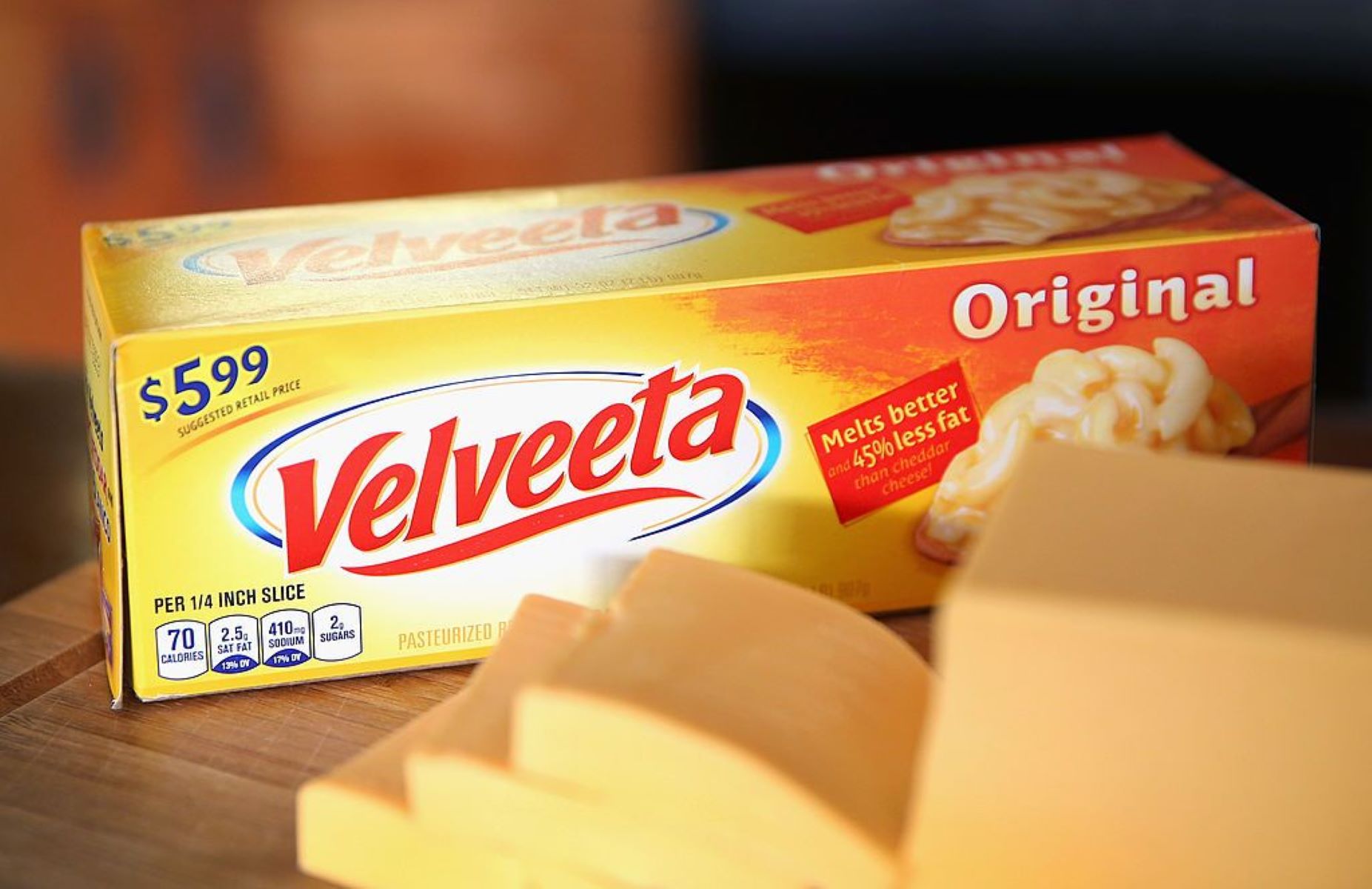
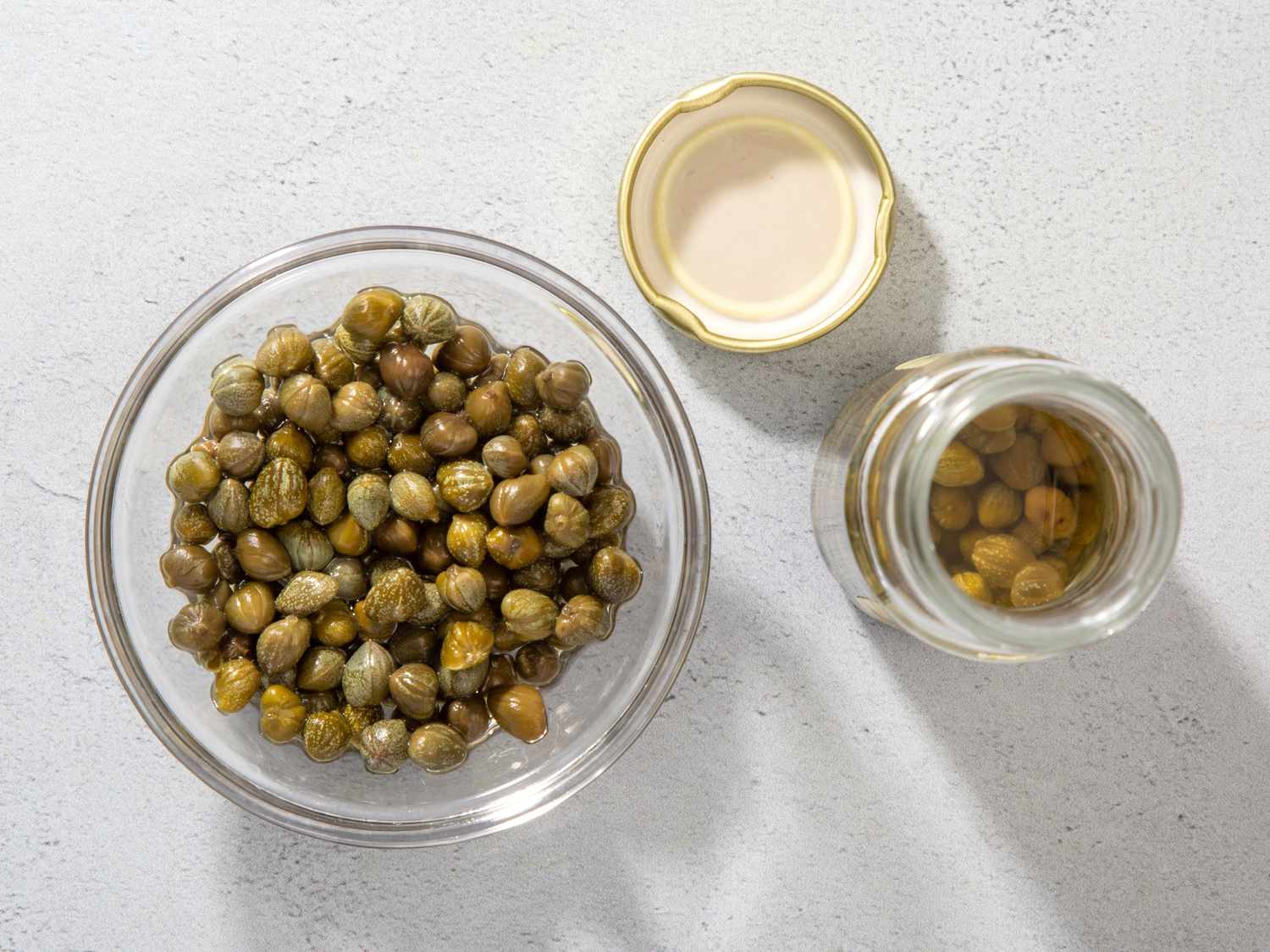

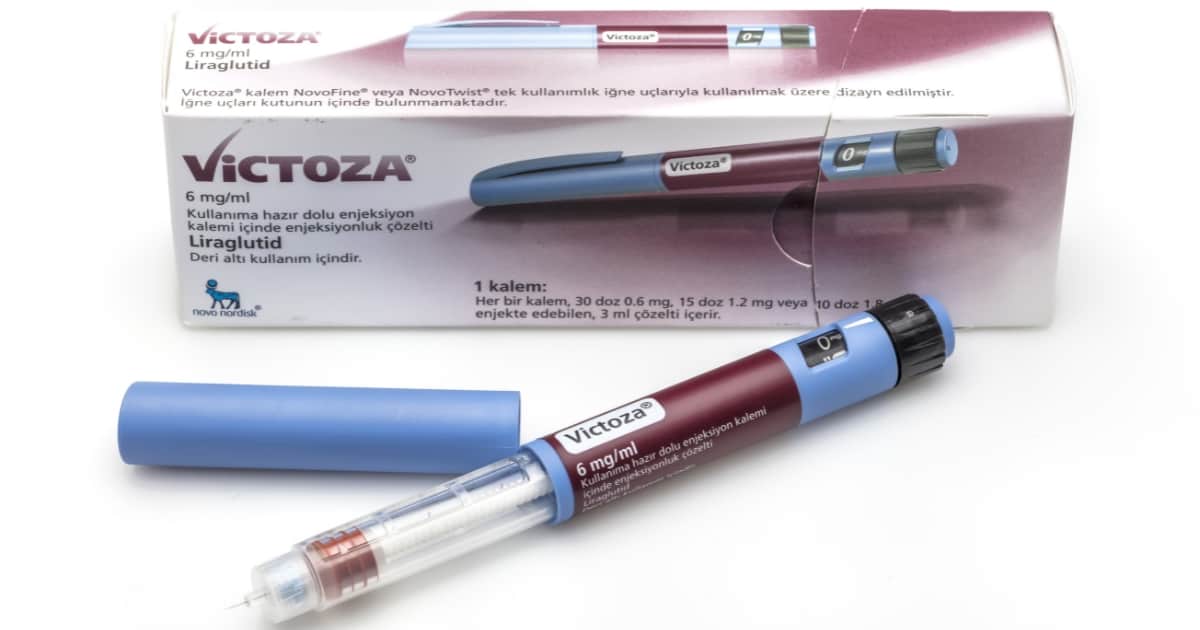
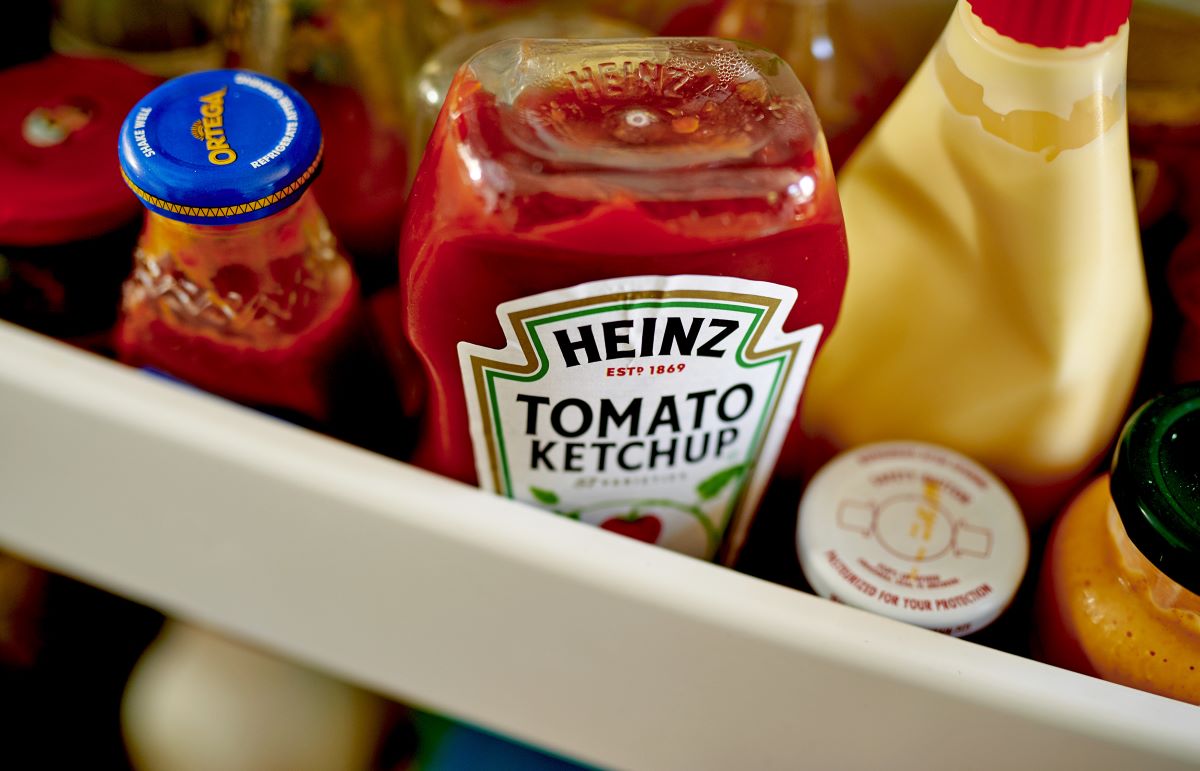




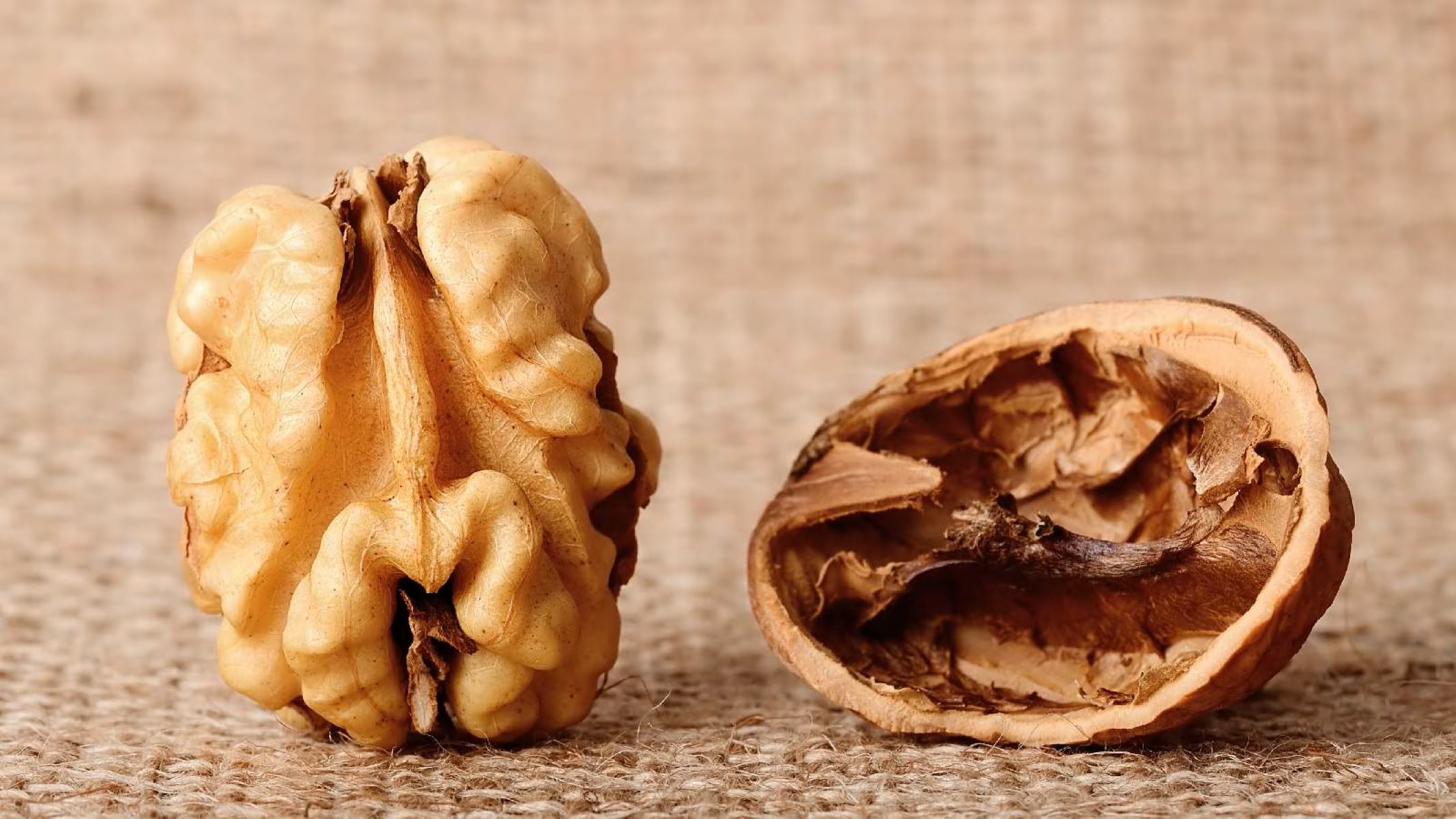



0 thoughts on “How To Store Prosciutto After Opening”